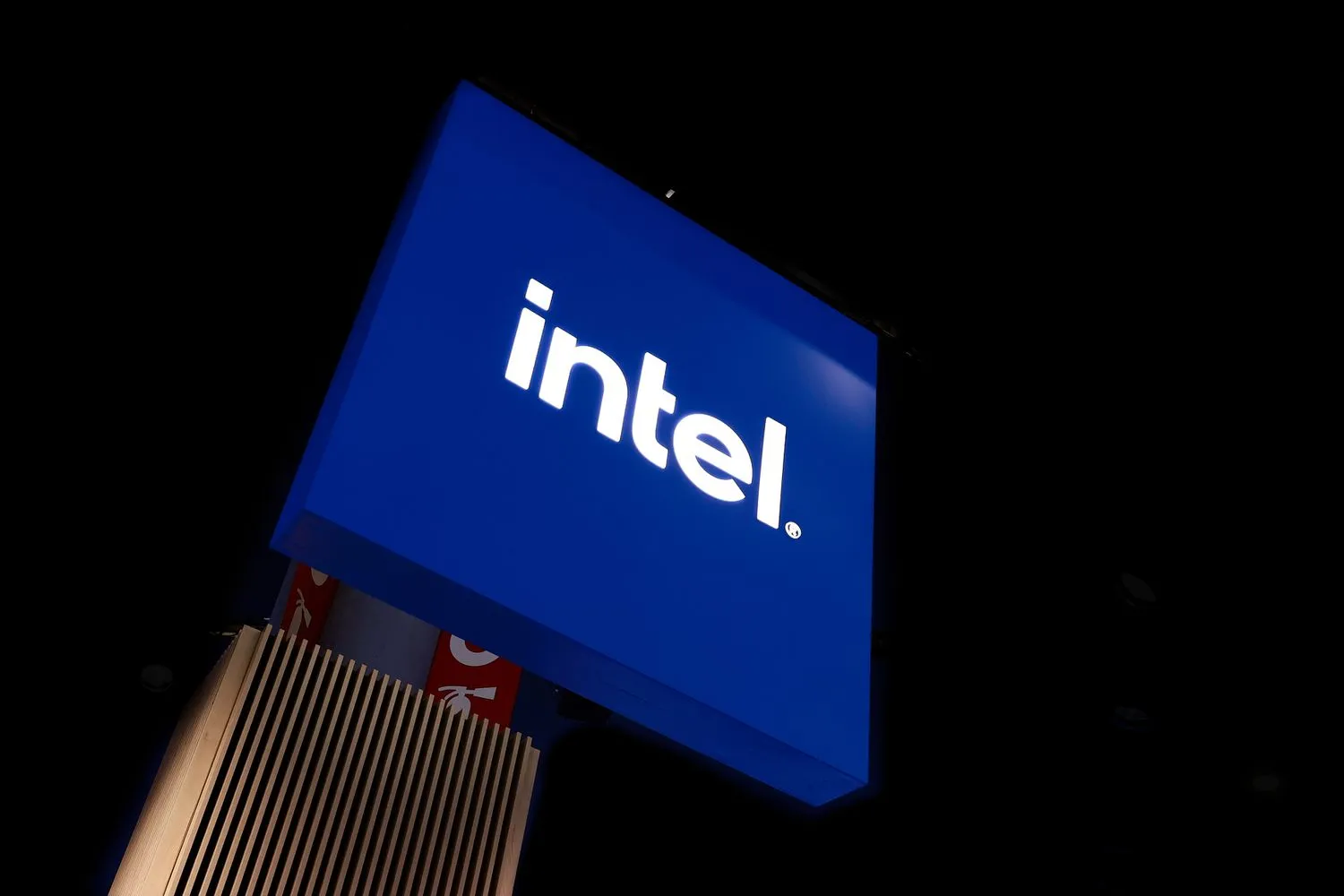Intel Stock Soars Post-earnings: What Wall Street Thinks Comes Next
Intel delivered stronger-than-expected third-quarter revenue, but despite the solid numbers, many on Wall Street remain hesitant to fully back the chip giant.
For the quarter, Intel reported revenue of $13.65 billion, beating analysts’ expectations of $13.14 billion, according to LSEG data. Adjusted earnings came in at 23 cents per share, though the figure wasn’t directly comparable with analyst estimates.
ahead, the company projects fourth-quarter revenue around $13.3 billion at the midpoint slightly below consensus forecasts of $13.37 billion. Intel also anticipates adjusted earnings of 8 cents per share, in line with expectations.
Still, analysts have maintained a cautious to negative outlook on the stock. A key concern is Intel’s Foundry business, which manufactures chips for other companies. The division, requiring a massive $100 billion investment, has yet to secure a major client. In the latest quarter, it brought in $4.2 billion in sales, representing a 2% year-over-year decline.
Despite those concerns, Intel shares jumped 8% in premarket trading on Friday and are up about 25% year-to-date. Here’s how major Wall Street firms are reacting to the results:
Citi: Sell Rating, $29 Price Target
Citi’s Christopher Danely maintained a bearish stance, with a price target suggesting roughly 24% downside from Thursday’s close. “Intel delivered decent results and traded higher after hours,” Danely said, “but guidance was weak due to continued losses in its foundry business. We believe shareholders would be better off if Intel exited this segment. The stock is still priced for foundry success something we view as highly unlikely.”
JPMorgan: Underweight, $30 Price Target
JPMorgan raised its target from $21 to $30, implying a 21% decline from current levels. “Results show strong near-term execution supported by improving customer demand,” analysts wrote. “However, Intel’s competitive challenges persist. We expect it to continue losing market share to AMD over the next 12 to 18 months in both PC and server markets. The foundry business remains largely unproven, with minimal traction among clients.”
Bank of America: Underperform, $34 Price Target
Bank of America’s Vivek Arya sees 11% downside, flagging multiple structural issues. “While demand currently exceeds supply, several challenges remain,” Arya said. “Gross margins are under pressure, competition is fierce, and the company lacks a major external foundry customer or an AI accelerator. Intel’s cost structure and slow adoption of its 18A node suggest limited improvement in the near term.”
Deutsche Bank: Hold, $35 Price Target
Deutsche Bank’s Ross Seymore, who raised his target from $30 to $35, acknowledged Intel’s progress but stayed neutral.
“We applaud Intel’s improvements and growing confidence,” Seymore said, “but turning these efforts into sustained financial success will take years. While new partnerships and AI initiatives may create short-term excitement, we believe fundamentals will eventually bring pressure back to the share price.”
Bernstein: Market Perform, $35 Price Target
Bernstein took a more tempered stance, noting that 2026 margins may face new headwinds.
“It’s tempting to celebrate Intel’s progress,” analysts wrote, “but this battle isn’t won yet. Calling it a draw might be the more realistic view.”
Morgan Stanley: Equal Weight, $38 Price Target
Morgan Stanley’s target suggests less than 1% downside.
“The upside surprise in Q3 underscores Intel’s conservative guidance,” the analysts said. “While we like the company’s strategic pivots, we’re waiting for clearer proof of progress in the core CPU segment and product roadmap.”
UBS: Neutral, $40 Price Target
UBS’s Timothy Arcuri sees about 5% upside, noting that Intel’s foundry ambitions could eventually pay off if the right partners get involved.
“Intel’s 14A foundry efforts are a long game,” Arcuri said. “We wouldn’t rule out the possibility of a future U.S. administration encouraging tech giants like Apple or Microsoft to participate moves that would certainly generate positive momentum.”
Wells Fargo: Equal Weight, $45 Price Target
Wells Fargo was more upbeat, projecting an 18% gain. “Intel posted solid third-quarter results, and its fourth-quarter guidance seems intentionally conservative,” analysts wrote. “The company’s comments about sustained demand into 2026 and its growing confidence in the roadmap support our constructive stance.”
Despite a positive quarter and a rebound in sentiment, Intel still faces an uphill climb in restoring investor confidence. Its heavy spending on the foundry business, stiff competition from AMD, and lagging position in AI chips are all weighing on the outlook.
For now, Wall Street’s consensus appears mixed: the chipmaker has proven it can beat near-term expectations but it has yet to convince investors that its long-term transformation will pay off.

Subscribe to our newsletter!
As a leading independent research provider, TradeAlgo keeps you connected from anywhere.








